
|
|
|
|
|
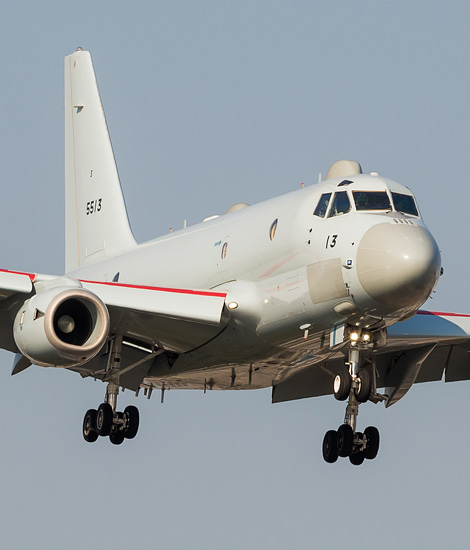
|
The Kawasaki P-1 Replacing the P-3; Atsugi, November 11, 2019
Japan Maritime Self Defense Force, part 5; Text and Photograph's by Alex van Noye
The Kawasaki P-1 has meanwhile entered service within the Japan Maritime Self Defense Force as a replacement for the outdated P-3C Orion. On March 26, 2013, the JMSDF took delivery of the first two operational Kawasaki P-1 aircraft. The first unit to fly with the P-1 was Patron 3 at Atsugi Air Station.
Now that after more than forty years of loyal service, the Kawasaki P-3C Orion is due for replacement, the Kawasaki P-1 is introduced in Japan as the successor to this reliable patrol aircraft. The over one hundred Orions of the Japan Maritime Self Defense Force (JMSDF) have been used extensively in all these years to monitor Japanese coastlines and territorial waters. The planes have since worn out after flying over the sea for many hours. The aircraft suffer a lot above the sea due to the attack of the salty seawater. In 2019, the JMSDF still has around 65 Orions in use and the first 24 P-1 aircraft have already been delivered to the JMSDF. The P-1 program was launched specifically for the replacement of the Orion as the XP-1 program. The XP-1 concept was developed by Kawasaki Heavy Industries and produced by and produced by Kawasaki Aerospace Company. Unlike many maritime patrol aircraft, which are mostly conversions of civilian designs, the P-1 is an elaborately developed and built maritime aircraft without a civilian counterpart. The P-1 was designed for the maritime patrol role from the start. The aircraft distinguishes itself as the first operational aircraft in the world that uses a fly-by-light operating system. This means that the communication of the P-1 on-board computers with the operating systems of the aircraft takes place via light-guided fiber connections. The introduction of the Kawasaki P-1 has therefore also led to a number of new technological breakthroughs in the field of maritime patrol aircraft.
The JMSDF has started the process from before the study to a new aircraft due to the aging of the P-3 fleet. Because other similar aircraft produced abroad did not meet the requirements of the JMSDF, the development of an aircraft designed entirely in Japan became necessary. The Japanese Defense Agency (JDA) submitted the domestic development of a PX patrol aircraft as part of the five-year plan from April 2001 to March 2006. In 2001, Kawasaki Heavy Industries received the status of main
|
|
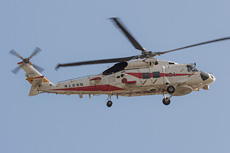
|
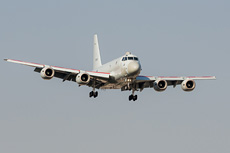
|
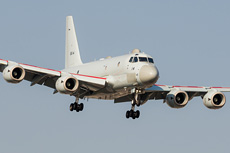
|
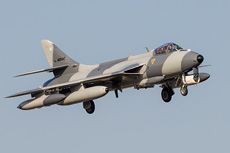
|
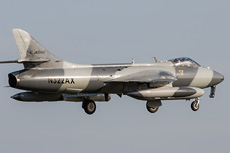
|
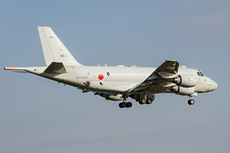
|
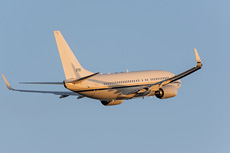
|
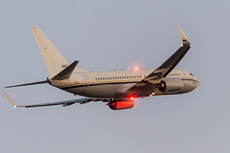
|
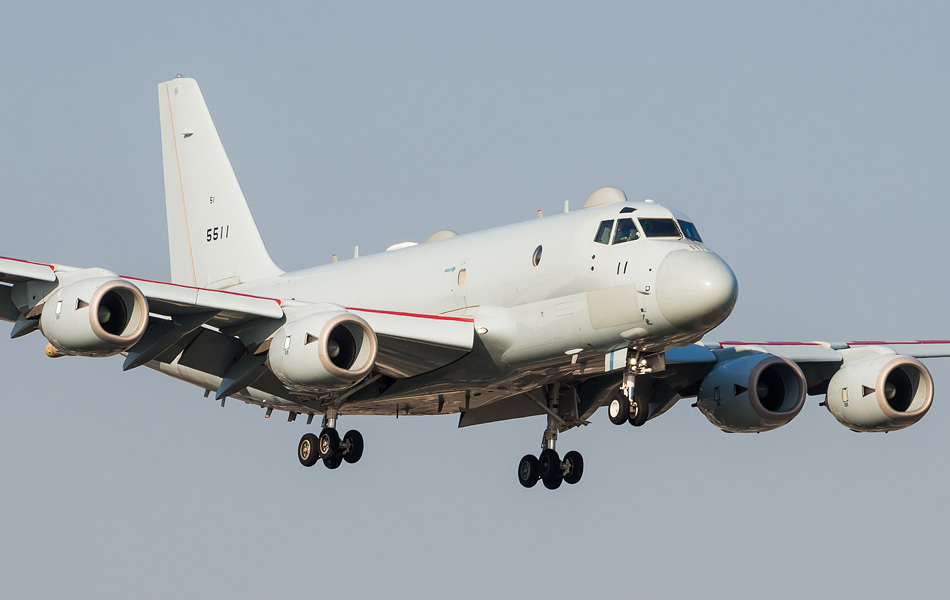
|
contractor for the PX following a previous proposal program. The company also received the related CX program for a cargo aircraft of the next generation. The PX program shares some components with the CX program. The CX program would later lead to the development of the Kawasaki C-2. This aircraft should replace the outdated Kawasaki C-1 and Lockheed C-130 Hercules cargo aircraft in their own country. Although the PX and CX design were originally independent of each other, it was decided that common components for both designs would be more convenient and cheaper. The result is therefore that the same components are used in both the P-1 and C-2. Japanese officials have claimed that the P-1 is more capable than the Boeing P-8 Poseidon for the patrol task. Compared to the P-8, the P-1 has a larger flight range, a larger bomb bay and the entire aircraft is specifically built for patrolling.
The cockpit of the P-1 is broadly based on that of the P-3 Orion. However, where the Orion had an analog cockpit, the P-1 has a full glass cockpit with six multifunctional displays. The P-1 also has two Head Up Displays for flight information while flying. The cockpit of the P-1 is very similar to that of the Kawasaki C-2, because many of the same parts are used in both aircraft. Furthermore, the P-1 has a toilet and a microwave on board. No microwave was built into the Orion yet, because the microwave would disrupt the signals of MAD detection. Just like the P-3C, the P-1 has a bomb compartment at the bottom just behind the nose frame. Anti-submarine bombs and torpedoes can be placed in the bay. The P-1 has no fewer than eight hard point for external weapons under its wings. The P-1 can carry the Japanese Mk91 anti-ship-missile here. The aircraft can also carry the American AGM-84 Harpoon anti-ship-missile and the AGM-65 Maverick air-to-ground missile. The Sonar buoy launcher is located at the rear of the main landing gear, similar to the P-3C. The P-1 has only 38 tubes for Sonar buoys, where the Orion had 48. With the P-3C, only three of the 48 could be loaded from the cabin during the flight and it was necessary in the cabin to manually transport the Sonar buoy from the storage rack to the launch port. In the P-1 everything can be loaded from the inside and a part of the tubes has a manual feed and a part an automatic Sonar buoy feed. The system can also be expanded to support the new Sonar buoy that is expected to appear on the JMSDF in the future.
The P-1 is equipped with various sensors to enable the aircraft to perform its primary purpose of detecting submarines and surface ships. An important system is the Toshiba HPS-106 Active Electronic Scanned Array (AESA) radar that uses a total of four antennas to provide 360 degree coverage around the aircraft. Furthermore, the P-1 contains infrared and light detection systems for surface detection. The P-1 is also equipped with a CAE Inc. built Magnetic Anomaly Detector (MAD) which is built into the tail of the aircraft. Together with the deployable sonar buoys, the MAD system is used as the primary means for detecting submarines under water. Advanced acoustic systems are also used for this purpose. The P-1 has an artificial intelligence (AI) system on board to support TACCO (Tactical Coordination) operations. These actions are similar to the system on board the Japanese SH-60K Seahawk. The TACCO system provides the P-1 crew with the right information to attack a submarine as efficiently as possible. Honeywell is the largest non-Japanese supplier of the P-1 project. The company has supplied various systems on board such as the auxiliary unit, environmental and pressure control systems, the Sonar buoy dispensers and avionics elements. With these modern systems, the Kawasaki P-1 is the platform with which the JMSDF can patrol for years along the coasts of the country and its islands. With its systems, the P-1 is the most modern and efficient aircraft of its kind at the moment.
|
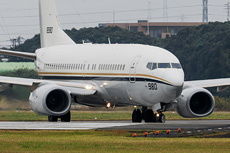
|
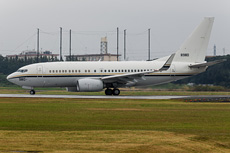
|
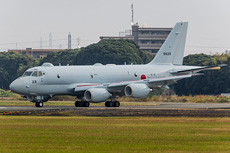
|
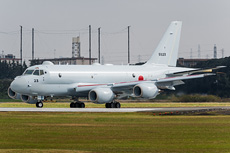
|
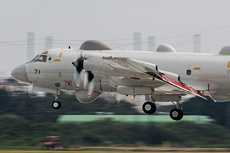
|
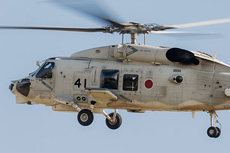
|
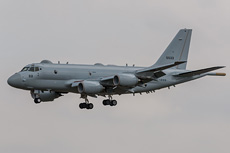
|
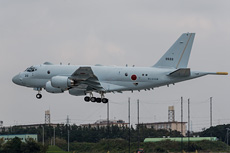
|
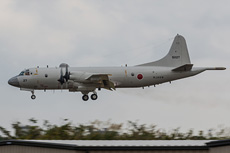
|
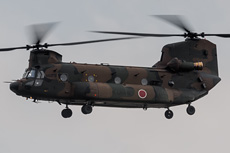
|
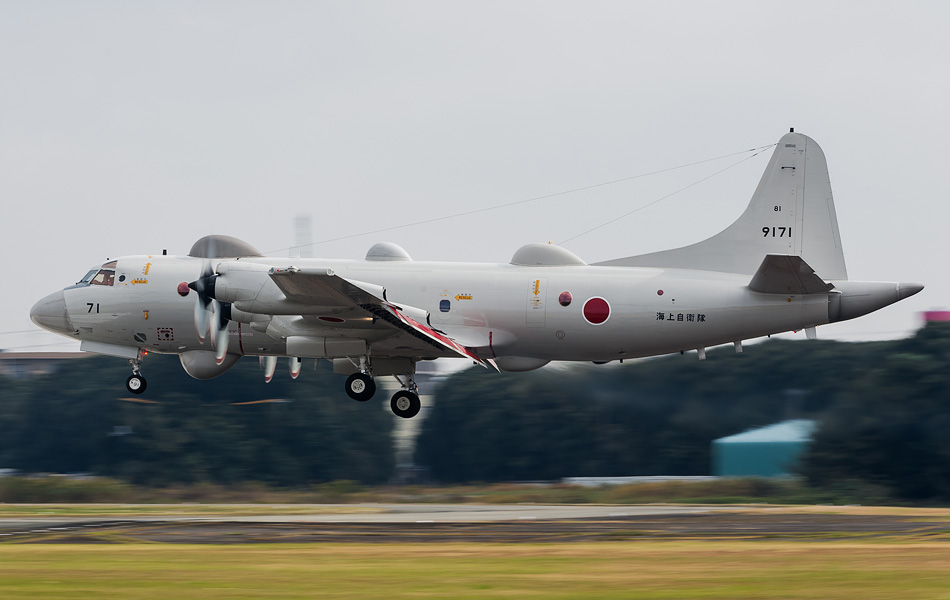
|
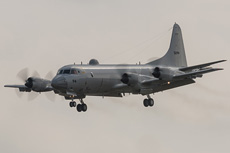
|
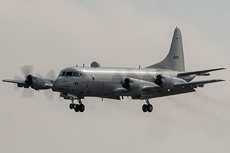
|
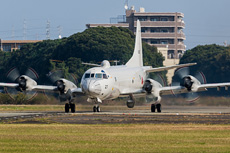
|
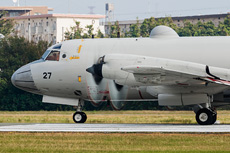
|
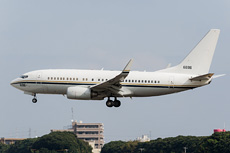
|
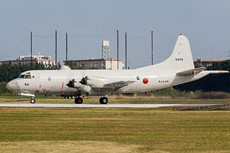
|
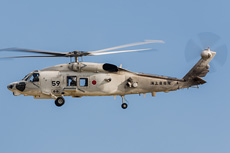
|
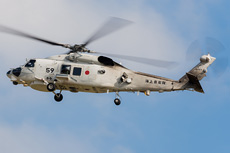
|
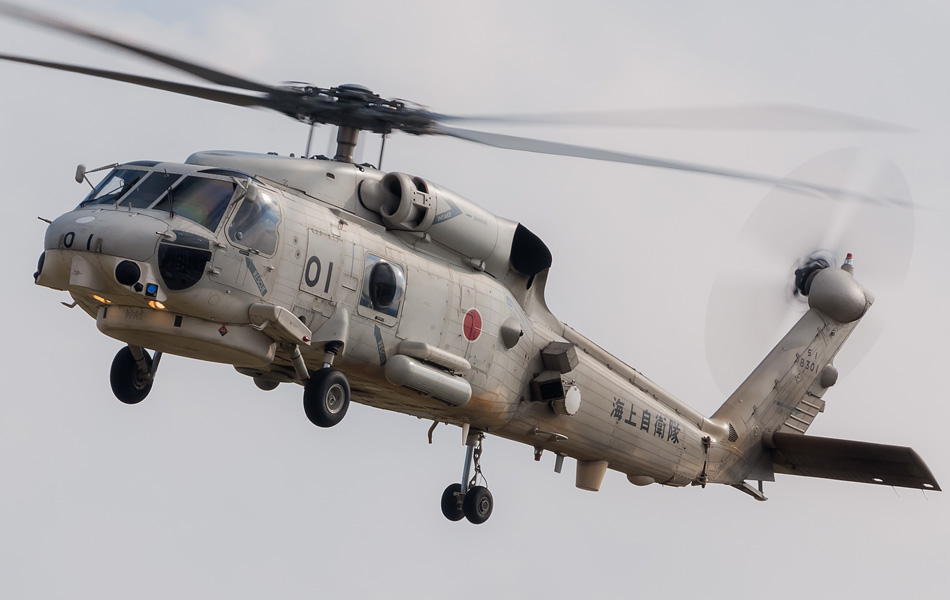
|
|
|

|







